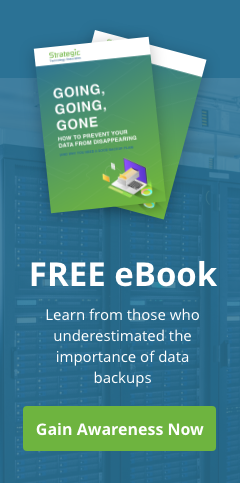No one likes to think about losing data. But whether it’s due to cyberattacks, disgruntled employees, human error, equipment failure, or natural disasters, a data loss incident is always possible. The best way to avoid losing valuable customer and company information is to have a reliable backup solution.
What The Heck Is Follina And How Do I Protect Myself?
What is email automation and what are its benefits?

Email marketing is one of the most effective ways that businesses such as yours can communicate with clients and prospects. However, if you’re spending hours crafting emails for every customer or sending generic email blasts, then you may not efficiently and effectively achieve the results you want.
7 Types of video content to boost your marketing campaigns

More and more businesses are using video marketing to achieve their marketing goals. In fact, the Content Marketing Institute said that video will be the top investment for marketers in 2022. If you too are interested in creating effective videos, you first need to know the different types of video content that will help you connect and build deeper relationships with your target audience.
How to secure customer data collection

Modern businesses rely on customer data to improve their services and outperform their competitors. In a report by Deloitte and Touche, companies that use customer data to make decisions increased their profits by 60%. Unfortunately, data collection is now more difficult due to stricter privacy laws resulting from the rising number of security breaches.
Ensuring business continuity with cloud technology
5 Ways your business can benefit from dashboards

Data dashboards have become increasingly popular for businesses. These data visualization tools give you an overview of how your business is performing, and they cater to a wide variety of users, from marketing staff to project managers. Let’s take a look at how dashboards can support your business activities.
Business intelligence tools: Why every SMB should use them

Business data is valuable. When utilized properly, it can enable small- and medium-sized businesses (SMBs) like yours to discover growth opportunities. One way to harness the power of data is to use business intelligence (BI) tools. Multinational companies have been using these tools for years with the assistance of experts who help make sense of massive amounts of data.
What are identity and access management systems?

Businesses frequently deploy strong antivirus software and firewalls to protect themselves against cyberattacks, but relying on just those is not enough. A cutting-edge identity and access management (IAM) solution is essential for protecting your digital assets from hackers, rogue employees, and weak passwords.





